5 Edgar Degas Paintings That Are Not Ballerinas
Edgar Degas is one of the most famous impressionist painters. Along with Renoir and Monet, they formed the Impressionist movement. Degas is mostly...
Anastasia Manioudaki 4 July 2024
22 May 2024 min Read
Camille Pissarro, one of the most famous impressionist painters, was born on St. Thomas island in 1830. The exotic island inspired much of his paintings. Pissarro’s family owned a dry goods business there.
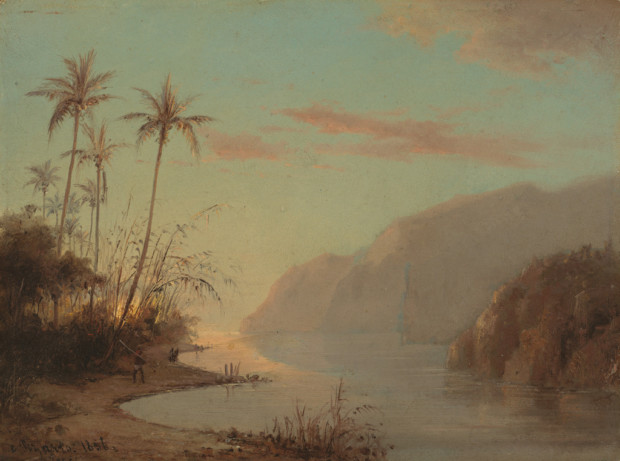
Pissarro’s parents were Frederick and Rachel Manzano de Pissarro. His father a French national of Portuguese-Jewish descent, while his mother was originally from a French-Jewish family from the island of St. Thomas (then a Danish possession) in the West Indies. His father, a merchant from France, arrived on the island and took over the hardware store of his deceased uncle. He then married his uncle’s widow, which caused controversy within the small Jewish community in St. Thomas. This was due to the fact that she had been previously married to Frederick’s uncle, and according to Jewish customs, it is forbidden for a man to marry his aunt. As a result, Frederick’s four children were compelled to attend primary school exclusively for black students. In his will, he stipulated that his estate should be divided equally between the synagogue and the Protestant church in St. Thomas.
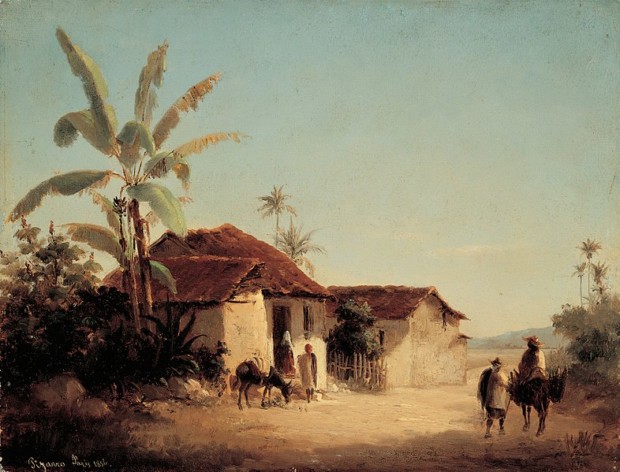
At the age of 12, Camille was sent by his father to a boarding school in France, specifically the Savary Academy located in Passy near Paris. During his time as a young student, he cultivated a deep admiration for the renowned French art masters. Monsieur Savary, his instructor at the academy, provided him with a solid foundation in drawing and painting. Additionally, Monsieur Savary encouraged him to explore drawing from natural surroundings once he returned to St. Thomas. Following this advice, Camille began practicing drawing from nature when he reached the age of 17.
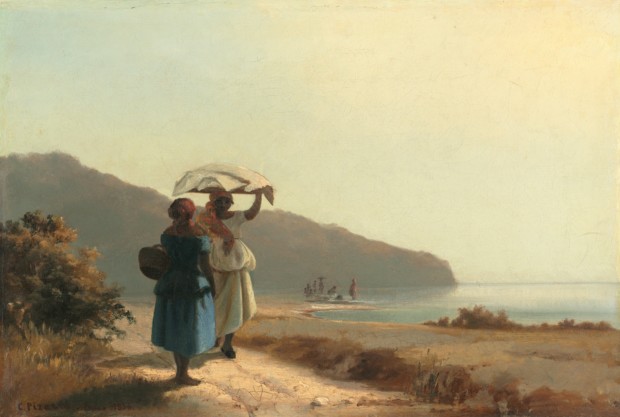
At the age of 21, Pissarro’s passion for painting was ignited by Danish artist Fritz Melbye, who was residing in St. Thomas at that time. Melbye not only became Pissarro’s teacher but also his close friend. Inspired by Melbye, Pissarro made a significant decision to fully embrace painting as his profession. He made the choice to leave behind his family and job, embarking on a journey to Venezuela.
Alongside Melbye, Pissarro spent the following two years immersed in the artistic world of Caracas and La Guaira. During this period, he diligently captured a wide range of subjects in his artwork, including landscapes, village scenes, and numerous sketches. Pissarro’s commitment to his craft was evident as he diligently filled multiple sketchbooks with his artistic endeavors. In 1855, Pissarro returned to Paris and began working as an assistant to Anton Melbye, the brother of Fritz Melbye.
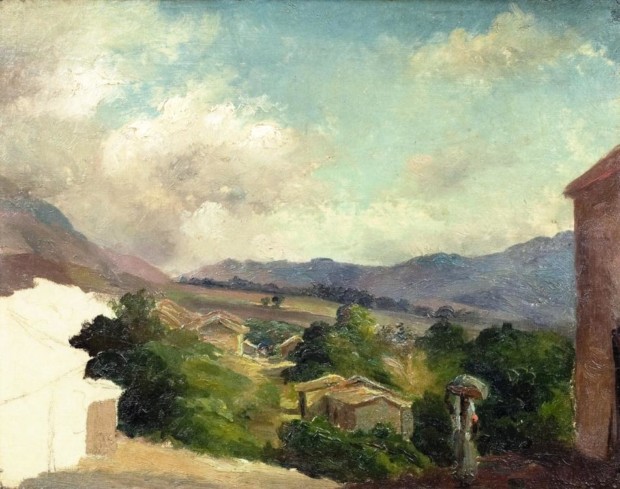
Pissarro created a vital bridge between 19th- and 20th-century realism and abstraction, especially within the legacy of French modernist painting. His personal investment in the evolution of aesthetic technique contributed to significant developments in the 20th-century avant-garde.
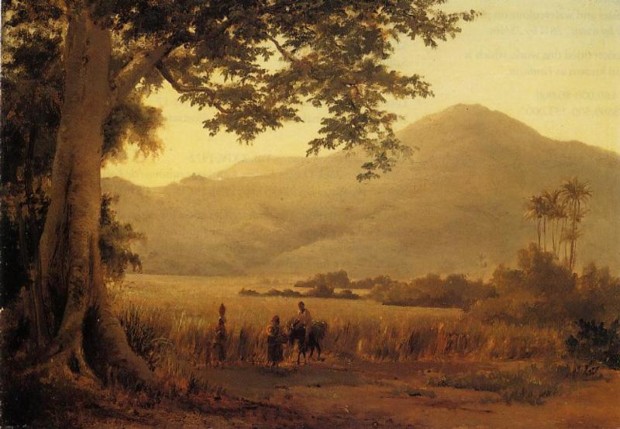
DailyArt Magazine needs your support. Every contribution, however big or small, is very valuable for our future. Thanks to it, we will be able to sustain and grow the Magazine. Thank you for your help!